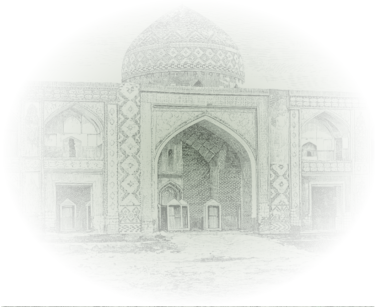Gurdgulag was a village in the territory of the Sharur-Daralayaz uezd of the former Iravan governorate, later in the former Keshishkend (Yeghegnadzor) district, and present-day Vayots Dzor province. It was located at a distance of 4-5 km from the settlement of Keshishkend (Yeghegnadzor) and on the Gurdgulag River, the left tributary of the Arpachay.
The village was solely inhabited by Azerbaijanis: 336 in 1873, 379 in 1886, 470 in 1897, 690 in 1904, 760 in 1914 and 581 Azerbaijanis in 1916. The inhabitants were exposed to the attacks of Armenian armed formations and had to leave the village in 1918. After the establishment of Soviet power in present-day Armenia, the Azerbaijanis managed to return to their homes. The village was inhabited by 64 Azerbaijanis and 248 Armenians in 1922, 66 Azerbaijanis and 301 Armenians in 1931. Armenians were settled in the village in 1923–1925. In accordance with the decision of the USSR Council of Ministers “On the resettlement of collective farmers and other Azerbaijani population from the Armenian SSR to the Kur-Araz lowlands of the Azerbaijan SSR” dated 23 December 1947, the Azerbaijani population of the village was forcibly deported to Azerbaijan.
The toponym was coined by combining the Turkic ethnonym “Gurt/Gurd” and the word “gulag/ kulak” meaning “a valley, a lowland between hills, a hill, an elevation”. It implies “a village near the valley of the Gurd tribe”. At present, the village is abolished.
